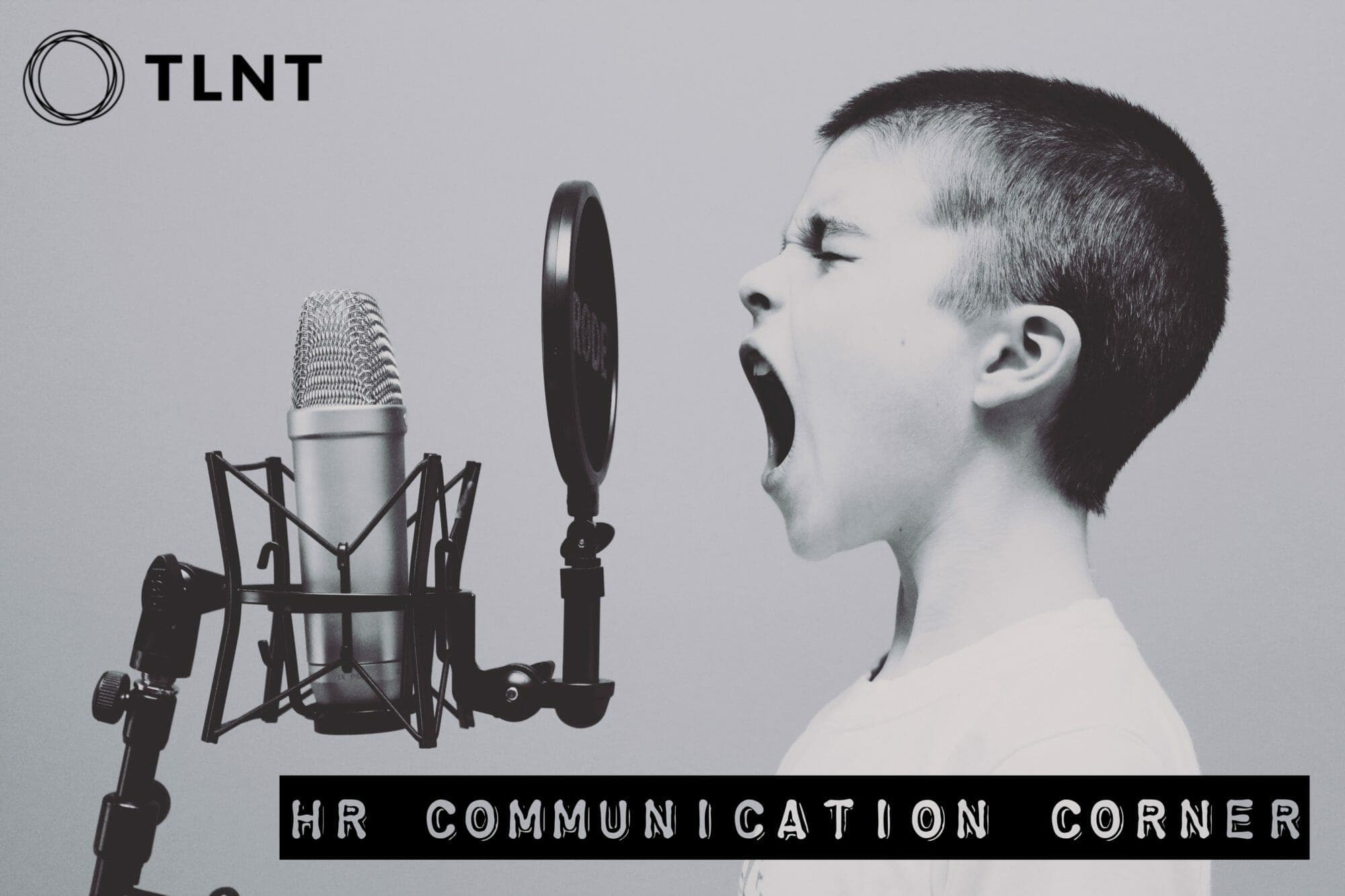The standard line among professional speakers about the importance of humor, even in serious business or technical presentations, goes like this: Question: Do I have to use humor in my presentations? Answer: No — only if you want to get paid. So whether giving presentations, designing training programs, or briefing your leadership team on headcount, consider your humor strategy — the what, how, and when.
The “What” of Humorous Presentations
So what do those dynamic professional speakers do? They add humor through:
- Personal anecdotes
- Comments on their observations, such as the irony of a situation
- Witty overheard quips, perhaps from their seat mate on the plane
- Cartoons on a slide
- Video gags
- Quotations from a well-known celebrity — a movie star, author, songwriter, or politician
You can use the same techniques to demonstrate confidence, connect with an audience, or lighten an otherwise heavy or boring topic. The one thing that typically fails: a joke.
Why are jokes so dangerous? People have heard all of them — well, most all of them. Some are not all that funny. Some can offend — those jokes that make fun of certain groups of people. And finally, maybe your timing doesn’t match the delivery of those late-night show hosts.
The “How” of Humor
If you tell stories about funny incidents, make sure the fun is at your own expense. Your ineptness at golf. Your well-known tardiness to meetings. Or a verbal spat with your spouse in which you came out the loser.
The best of humor happens in the moment. I recall a communication keynote in which I was making the point that business communication and life in general have become less formal through the decades. On the spur of the moment, these examples came rolling off my tongue: “For example, we no longer begin emails with ‘pursuit to the aforementioned meeting . . .’ and instead write ‘after the Hooper meeting . . .’ We no longer say ‘How do you do?’ when introduced to someone. Instead, we greet them with ‘Hi,’ ‘Hello,’ or ‘Nice to meet you.’ And I don’t know about habits at your house, but at my house my family doesn’t dress for dinner.”
Some guy in the front row yelled, “May we come?”
The audience roared with laughter — while I stood dumbfounded on the stage. Someone else from the group finally pointed out what I’d said versus what I’d meant: Our family doesn’t dress formally for dinner. Even after more than 20 years, I still remember my embarrassment at the gaffe — and the wild, uproarious laughter from the guy’s witty question.
Another source of humor: Common situations that everyone complains about — for example, lukewarm sodas from the vending machine, week-old sandwiches that look like they’re growing mold in the lounge refrigerator, or conference rooms that feel like 17 degrees below zero.
The “When” of Humor
Beware opening with humor. If you tell your funny story or deliver that great quote and no one laughs (OK, a few of your friends may smile to cover their embarrassment for you), the silence may destroy your confidence for the rest of the program or presentation.
(If you make this opening mistake, you can sometimes recover by keeping a solemn expression yourself and then moving ahead quickly as if you meant the story or line to be serious. That recovery technique doesn’t always work, but it’s better than standing there alone soaking up the silence.)
Laughter from your audience is a gift. Audience members give it to people they like. When you begin a presentation with humor, your colleagues or clients may not know you well enough to determine if they should reward you with a chuckle. Yet, use that same story or humorous quote 20 minutes into your presentation and you might have people howling with delight. Placement of your humorous story or remark matters.
Remember, too, that humor is subjective. While you might consider something knee-slapping funny, your group may groan or manage only a grin.
So why should humor be a part of your interactions and presentations? Humor helps you connect with your audience. When people laugh, they relax and listen better. Defenses go down. Receptivity goes up. That’s reason enough.
